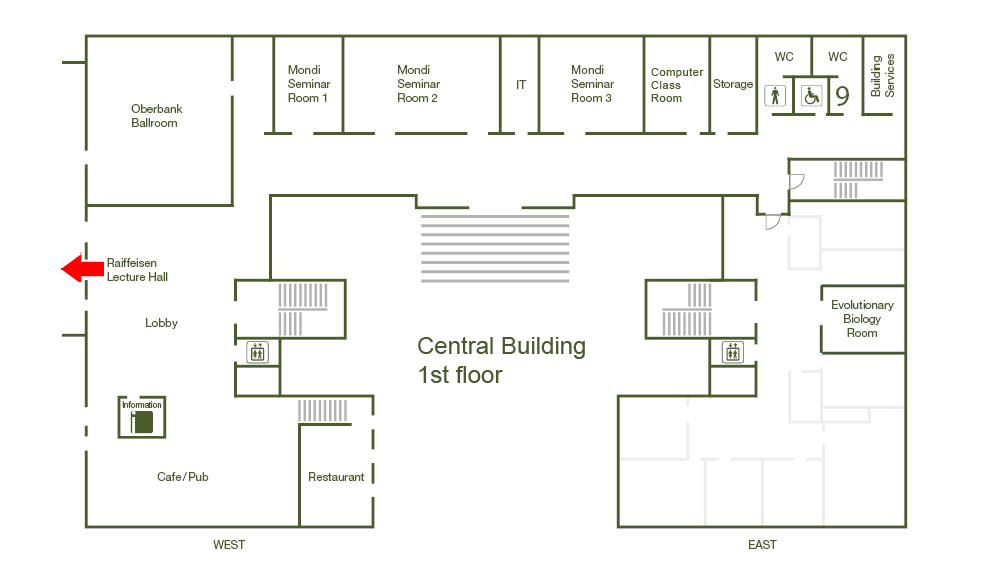The Institute Colloquium: The logic of cell fate decisions in vertebrate development
Date
Monday, September 12, 2016 16:00 - 17:15
Speaker
James Briscoe (The Francis Crick Institute)
Location
Raiffeisen Lecture Hall, Central Building
Series
Colloquium
Tags
Institute Colloquium
Contact
Url

Tissue development relies on the spatially and temporally organised allocation of cell identity, with each cell adopting an identity appropriate for its position within the tissue. In many cases, transcriptional networks controlled by extrinsic signals determine these cellular decisions. A mechanistic understanding of pattern formation and cell fate decisions therefore requires insight into how the regulatory interactions between transcription factors and external signals determines the switches in gene expression that generate the cell identity. One common strategy of pattern formation relies on positional information provided by secreted signalling molecules -- morphogens -- emanating from localized sources within, or adjacent to, the developing tissue. The spread of a morphogen from its source creates a spatial gradient in the tissue. Cells are sensitive to the level of the morphogen and convert the continuous input into a set of discrete gene expression profiles at different distances from the morphogen source. An example of this is the development of the vertebrate neural tube. Distinct neuronal subtypes are generated in a precise spatial order from progenitor cells arrayed along the dorsal-ventral axis of the neural tube. Underpinning this organization is a complex network of extrinsic and intrinsic factors. Particularly well understood is the mechanism that determines the generation of different neuronal subtypes in ventral regions of the spinal cord. In this region of the nervous system, the secreted protein Sonic Hedgehog (Shh) acts in graded fashion to organize the pattern of neurogenesis. This is a dynamic process in which exposure to Shh generates progenitors with successively more ventral identities. A gene regulatory network composed of transcription factors regulated by Shh signaling play an essential role in determining the graded response of cells. Thus the accurate patterning of the neural tube and the specification of neuronal subtype identity in this region relies on the continuous processing and constant refinement of the cellular response to graded Shh signaling. Quantitative data and dynamical systems modeling is beginning to provide a mechanistic understanding of how this is achieved and offering fresh insight into the problem of embryonic pattern formation.